Rising Urbanization Rates
Urbanization in APAC is accelerating, with more than 50% of the population now residing in urban areas. This trend is expected to continue, leading to increased demand for housing, commercial buildings, and public infrastructure. The steel fabrication market is likely to experience growth as urban centers expand and require robust construction materials. The United Nations estimates that by 2050, 64% of the population will live in urban areas, further driving the need for steel fabrication. As cities grow, the demand for innovative and sustainable building solutions will also rise, positioning the steel fabrication market as a critical player in urban development.
Infrastructure Development Surge
The ongoing infrastructure development across APAC is a primary driver for the steel fabrication market. Governments are investing heavily in transportation, energy, and urban development projects, which require substantial steel fabrication. For instance, the Asian Development Bank has projected that infrastructure investments in the region could reach $26 trillion by 2030. This surge in infrastructure projects is likely to increase demand for fabricated steel components, as they are essential for constructing bridges, roads, and buildings. The steel fabrication market is poised to benefit significantly from these investments, as the need for durable and high-quality steel products becomes paramount in meeting the growing infrastructure demands.
Investment in Renewable Energy Projects
The shift towards renewable energy sources in APAC is creating new opportunities for the steel fabrication market. Governments and private sectors are investing in solar, wind, and hydroelectric projects, which require substantial amounts of fabricated steel for infrastructure such as wind turbines and solar panel frames. The International Energy Agency has reported that investments in renewable energy in APAC could exceed $1 trillion by 2030. This trend not only supports the growth of the steel fabrication market but also aligns with global sustainability goals, as the region seeks to reduce its carbon footprint and transition to cleaner energy sources.
Industrial Growth and Manufacturing Expansion
The industrial sector in APAC is witnessing significant growth, particularly in manufacturing and construction. This expansion is driving the demand for steel fabrication, as industries require customized steel products for machinery, equipment, and structural applications. According to recent data, the manufacturing sector in APAC is projected to grow at a CAGR of 6% from 2025 to 2030. This growth indicates a robust demand for fabricated steel components, which are essential for various applications across industries. The steel fabrication market is likely to capitalize on this trend, as manufacturers seek reliable and efficient suppliers to meet their production needs.
Technological Innovations in Fabrication Processes
Technological advancements in steel fabrication processes are transforming the industry landscape in APAC. Innovations such as automation, robotics, and advanced manufacturing techniques are enhancing efficiency and precision in steel production. The adoption of Industry 4.0 technologies is expected to increase productivity by up to 30% in the steel fabrication market. These advancements allow for better quality control and reduced waste, which are crucial in meeting the demands of modern construction and manufacturing. As companies invest in these technologies, the steel fabrication market is likely to see improved competitiveness and growth opportunities.



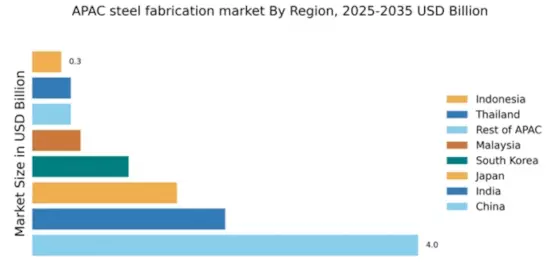

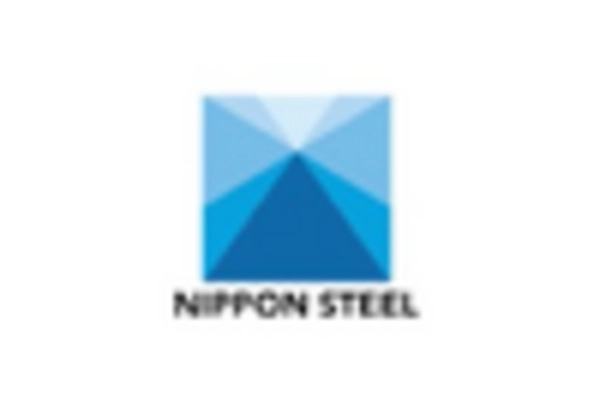
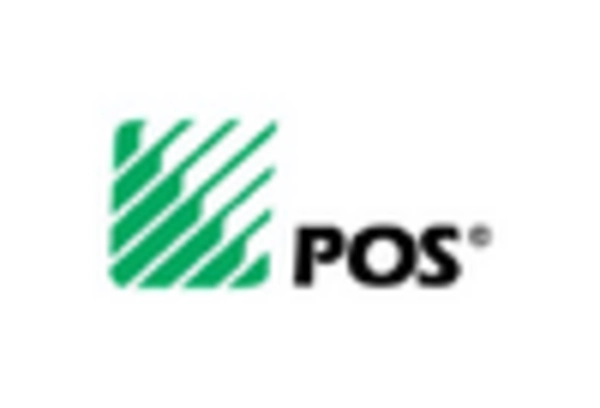
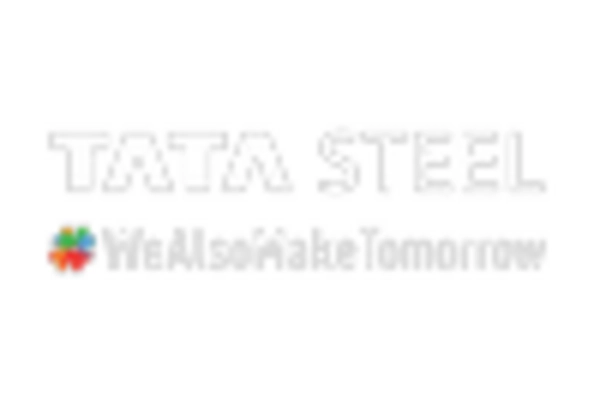
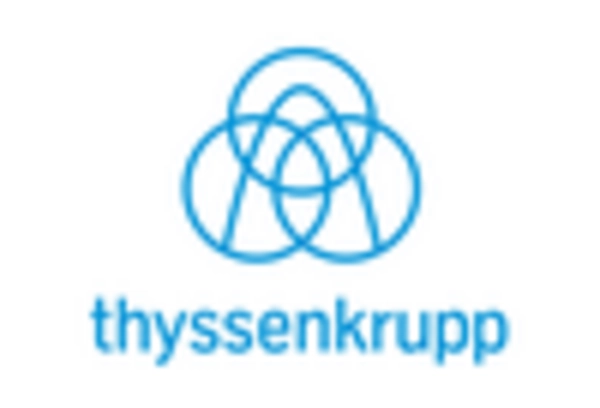
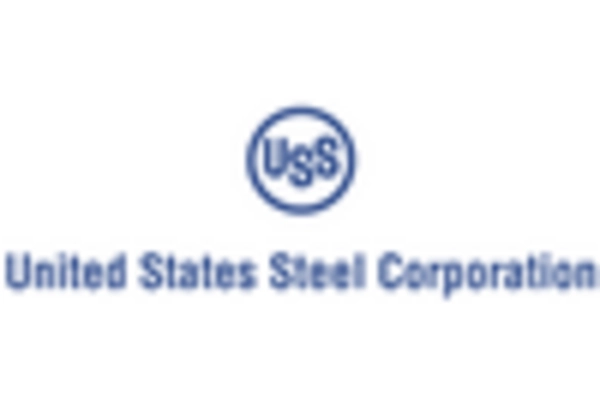








Leave a Comment